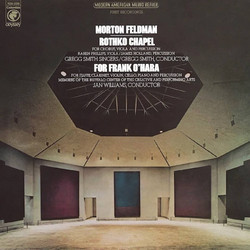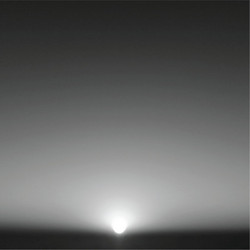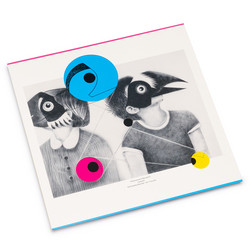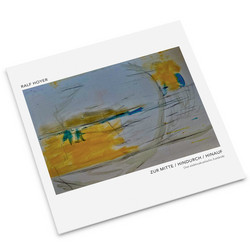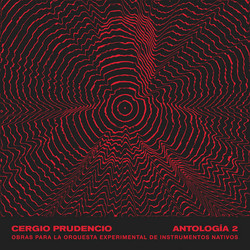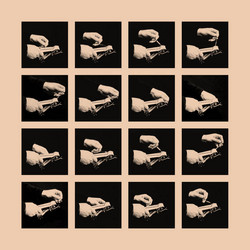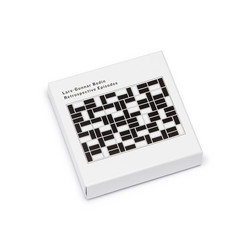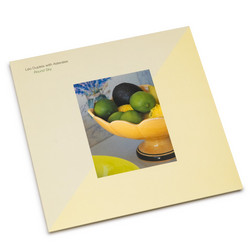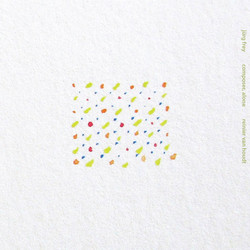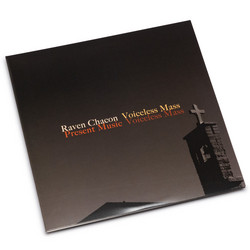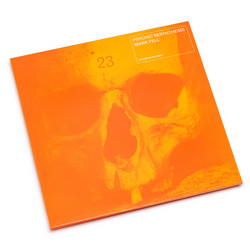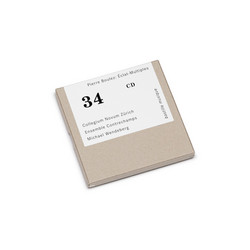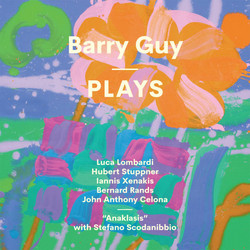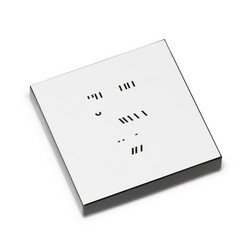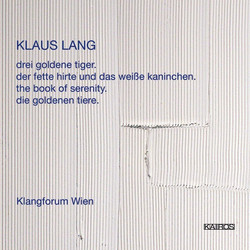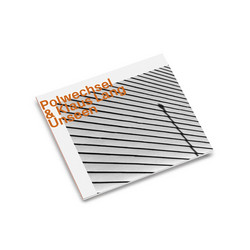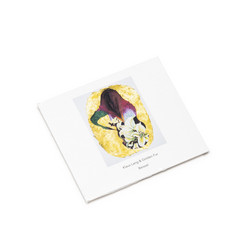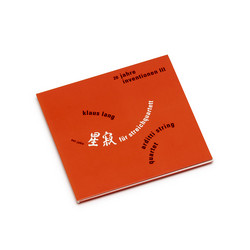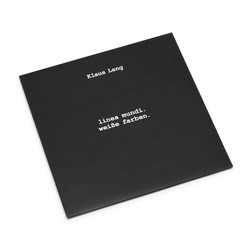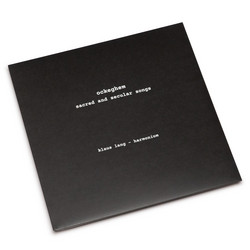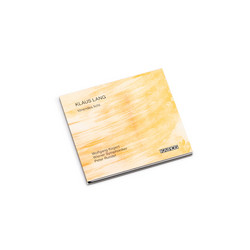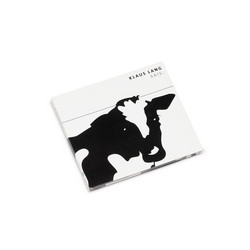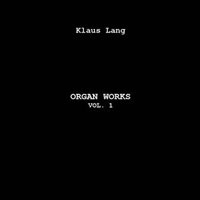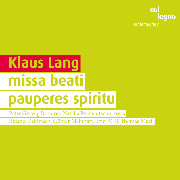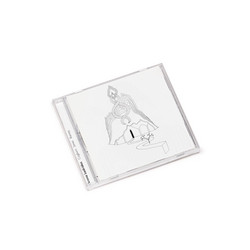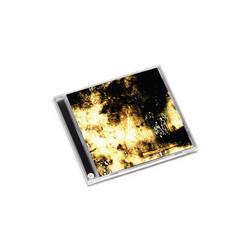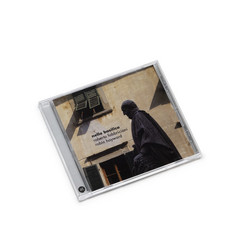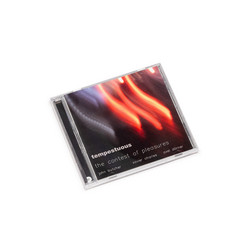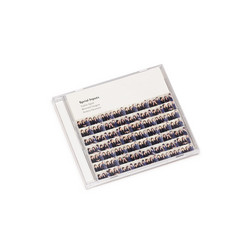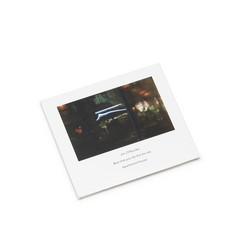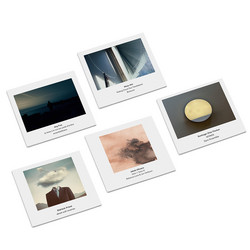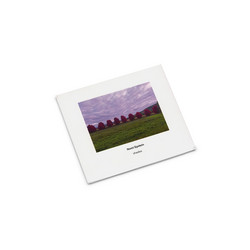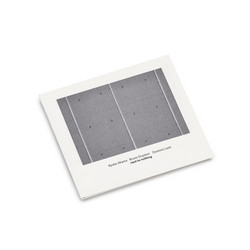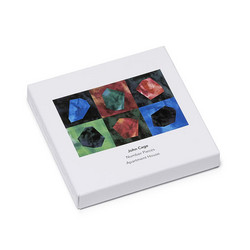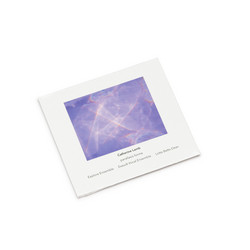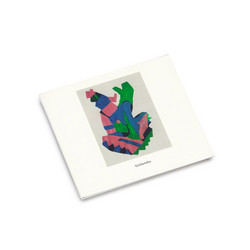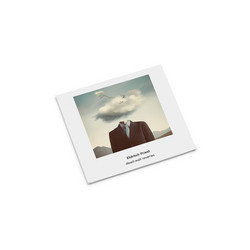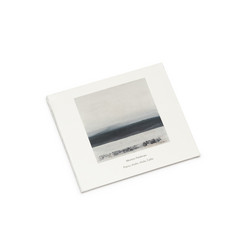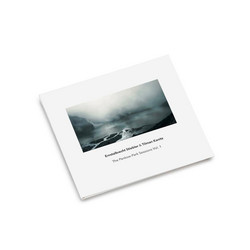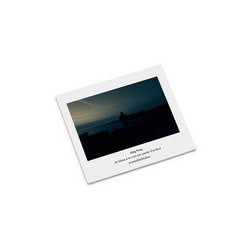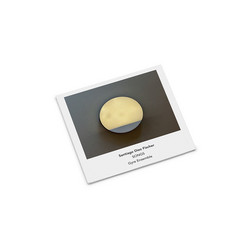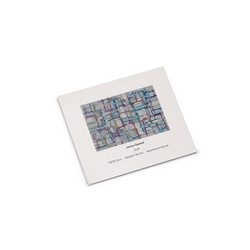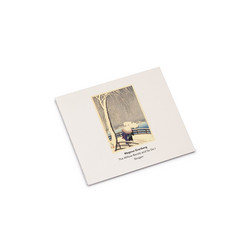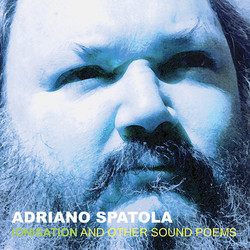Tehran Dust reveals Klaus Lang at his most understated and evocative, presenting a pair of pieces that meditate on the porous boundaries between sound, space, and memory. Eschewing overt drama or visual spectacle, the album envelops the listener in a slow-form exploration of timbre and atmosphere, shaped by microtonal harmony and subtle shifts in instrumental color. What emerges is not simply a display of compositional technique, but an invitation to enter a suspended sonic landscape where each sound both lingers and dissolves, allowing unique resonances to develop with rare patience. This release is marked by its use of transparency, openness, and the interplay of musical lines - qualities central to Lang’s approach and given fresh context here. The recording provides a sense of expanded attention: the music is never in a hurry to declare its intentions, instead unfolding in gradations of light and shade, rewarding listeners who meet it on its own quietly transformative terms. Instruments seem to hover at the edge of audibility, their relationships woven with precision yet resisting clear foregrounding or conventional hierarchy.
What sets Tehran Dust apart as a listening experience is its ability to retain focus even amid apparent stillness. Klaus Lang avoids easy reference points, instead shaping textures that hover between the concrete and the elusive, the structural and the intuitive. There is a suggestion of place and memory, but it comes through atmosphere rather than narrative - the sense of dust, distance, and gradual transformation pervades the album as a whole. In this way, the release stands as a quietly persuasive example of how contemporary composition can relinquish control and allow sound to become site, process, and presence. For those willing to listen attentively, Tehran Dust reveals itself as a gentle encounter with nuance, humility, and the unexpected richness found in musical restraint.

